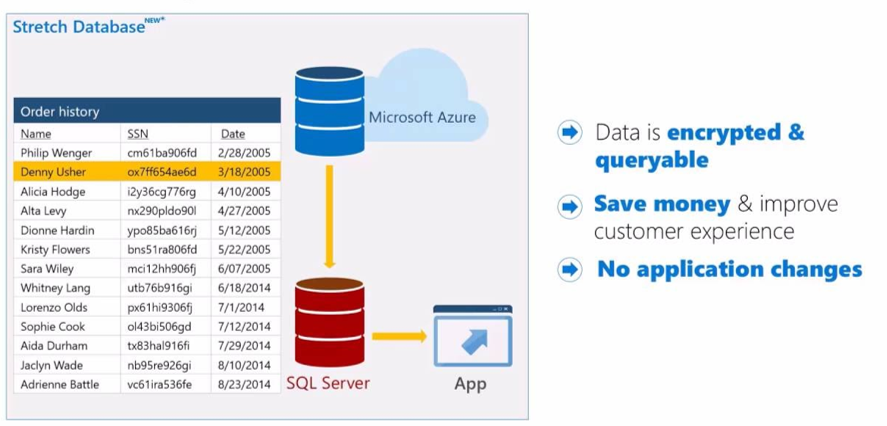Business never stands still. The growth of the vital transactional databases that support your manufacturing operations is something that your technical guys will have covered, but are they best placed to help you as a business leader decide what you’re still storing and for how long?
Each day an endless stream of new data such as item records, bills of material, production routings, time and finished goods bookings is created on your shop floor. A lot of time and effort is put into creating accurate new data to take you into the future, but how much thought is given to tidying away the past?
5 S for Data
If you’re familiar with the 5 S methodology, you’ll understand why the philosophy of a place for everything and everything in its place is important in the physical world – it’s also equally vital in the digital.
Volumes have been written around the tuning and performance of databases from an IT perspective but applying some sound principles that will institute regular archiving regimes can also help in this regard.
Consider how many product ranges may have been discontinued in recent times and consider the records relating to them. It quickly adds up, not necessarily to a large capacity requirement in terms of data storage, but rows and rows of data in reports and on screens that your team are scrolling past, or wasting time filtering out unnecessarily.
There are efficiency gains to be made from reducing this source of waste from a technology and people point of view.
Sorting and setting in order
Regularly asking a few simple questions of the tech and data savvy members of your team can be quite revealing. For example:
- How many inactive BOMs are we storing?
- What’s the number of routings for obsolete products?
- Which bought-in components have not been purchased over the past 5 years?
Working with the business to define an audience – i.e. a subset of your data which is simply now a distraction and a source of waste, is a task that will allow you to create a set of policies for operational data retention. It’s time well spent and should be carried out at regular interviews, preferably driven by some data quality reporting.
You might wonder, what happens if we simply delete all this obsolete data, won’t we break the system somehow and destroy our historical reporting? No, is the answer, if you take the right approach to setting your data in order.
Archives you won’t even realise exist
Tools such as Azure SQL StretchDB allow you to take the retention policies you’ve defined and translate them into automated actions that will declutter your transactional databases.
For example, if you have an on-premise SQL Server database holding manufacturing execution records, you can archive data that is accessed least often, automatically to the cloud. The process happens in the background and the storage location becomes transparent and most importantly, if the data is needed again, it is accessible immediately. No re-writes of code or reports are necessary.

The data can be encrypted whilst at rest in the cloud and you retain all the access control features normally associated with SQL Server. Data is also automatically backed up as part of the process.
Backup and database maintenance times are reduced, once data is moved off-premise, which translates to an increase in system performance and overall uptime of key operational systems.
A word of caution however, not all databases will be compatible with this approach, so check with your data partner before making any implementation plans.
Ready to streamline?
If you feel you could benefit from applying some Digital 5-S to your datasets, our data consultants are waiting to help you define your requirements and implement a pilot project to prove out the ROI related to good data grooming.
Click below to download our guide to using PowerBI to enable Digital Six Sigma within your operations.
